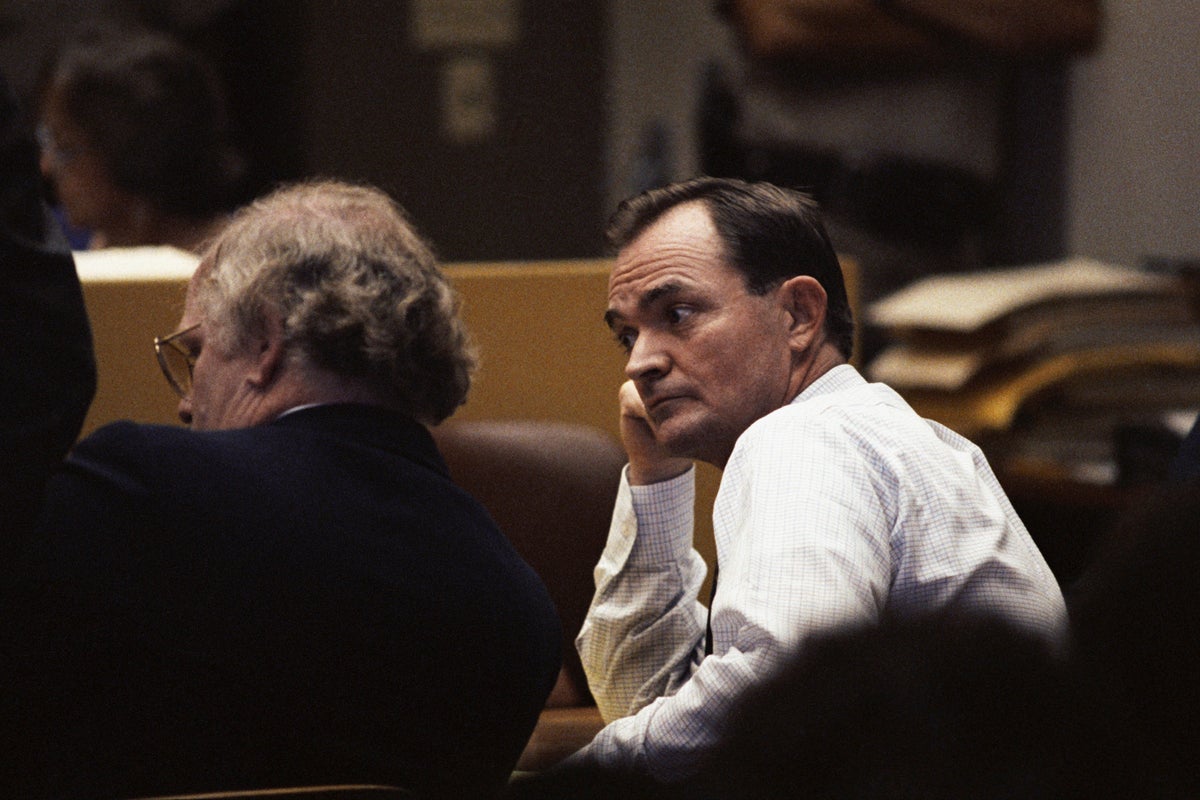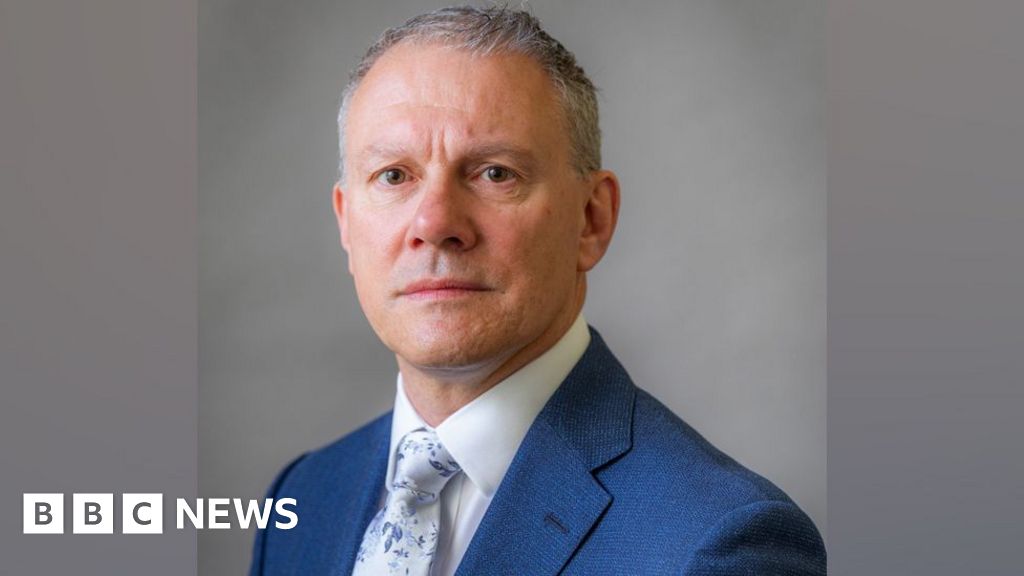The outer space around the Earth is already pretty crowded. Now, tech firms are racing to add more.
There are already thousands of satellites hurdling around the Earth in low orbit – many of them are in groups working together called constellations to provide high-speed internet and communication services.
The largest is SpaceX’s Starlink, which is made up of more than 7,000 satellites that have been launched since 2019. Now, Amazon is jockeying for position alongside its competitor. This week, it launched the first 27 satellites for its Kuiper broadband internet constellation. The company must launch half of its planned constellation of 3,200 satellites by July of next year to retain its federal license. SpaceX also plans to send up tens of thousands more.
But, these and other satellite companies — such as the Chinese internet constellations Guowang and Qianfan — are setting up a space future fraught with peril, according to experts. More satellites shooting around the Earth at 17,500 miles per hour will mean a greater chance of potentially calamitous collisions.
“If we don’t do something to start correcting this problem, in 50 years Kessler Syndrome is going to be a reality and low-Earth orbit is going to useless,” Dr. John Crassidis, a professor at the University of Buffalo who works with NASA, the military, and other agencies to monitor space debris, told The Independent.
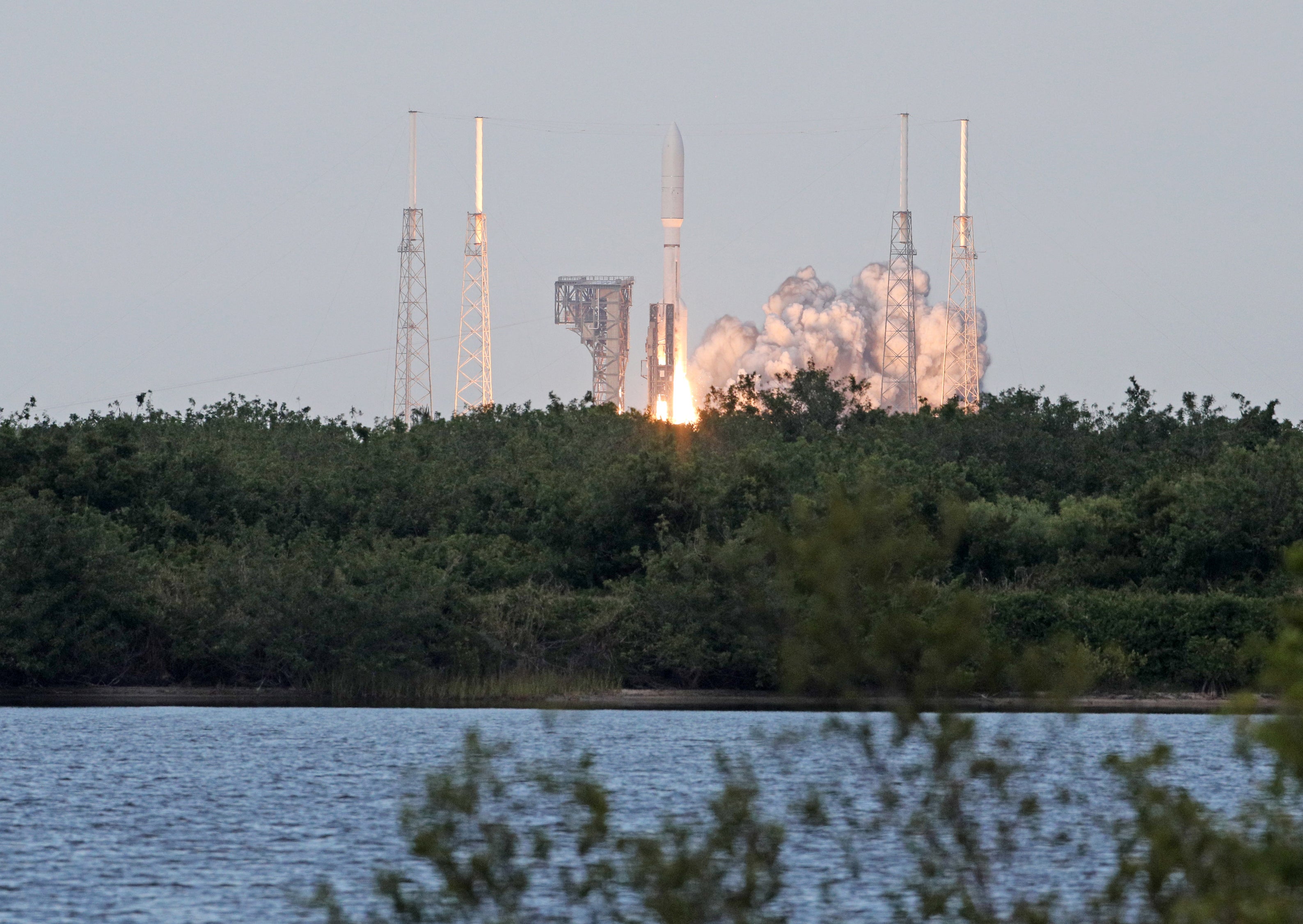
Kessler Syndrome is a nightmare space scenario in which the number of satellites and orbital debris is so high that collisions occur, generating a cascading series of collisions.
Hugh Lewis, a professor of astronautics at the U.K.-based University of Southampton who served as a U.K. Space Agency delegate to the European Space Agency’s Space Mission Planning Advisory Group said that Earth has been headed toward a perilous future for decades, but a one-off event isn’t the biggest concern.
“I just don’t think that we can safely manage the number of satellites that are being contemplated; not with our existing knowledge of the space environment,” he said.
When the satellites crash into each other is anyone’s guess, according to Dr. Jonathan McDowell, an astrophysicist at the Harvard-Smithsonian Center for Astrophysics.
“We’ll see more and more satellites doing avoidance maneuvers. What is the point at which they start to actually crash into one another because the algorithms aren’t good enough? We just don’t know,” he explained.
In addition to constellation satellites, there are tens of thousands of other objects and hundreds of thousands of even smaller pieces that cannot be monitored. Active satellites have already been damaged by debris and the International Space Station needs to maneuver away from an object should the chance of a collision exceed one-in-10,000.
Starlink is moving satellites closer to the space station, McDowell noted. Chinese systems are going to higher orbits, where and could remain for centuries.
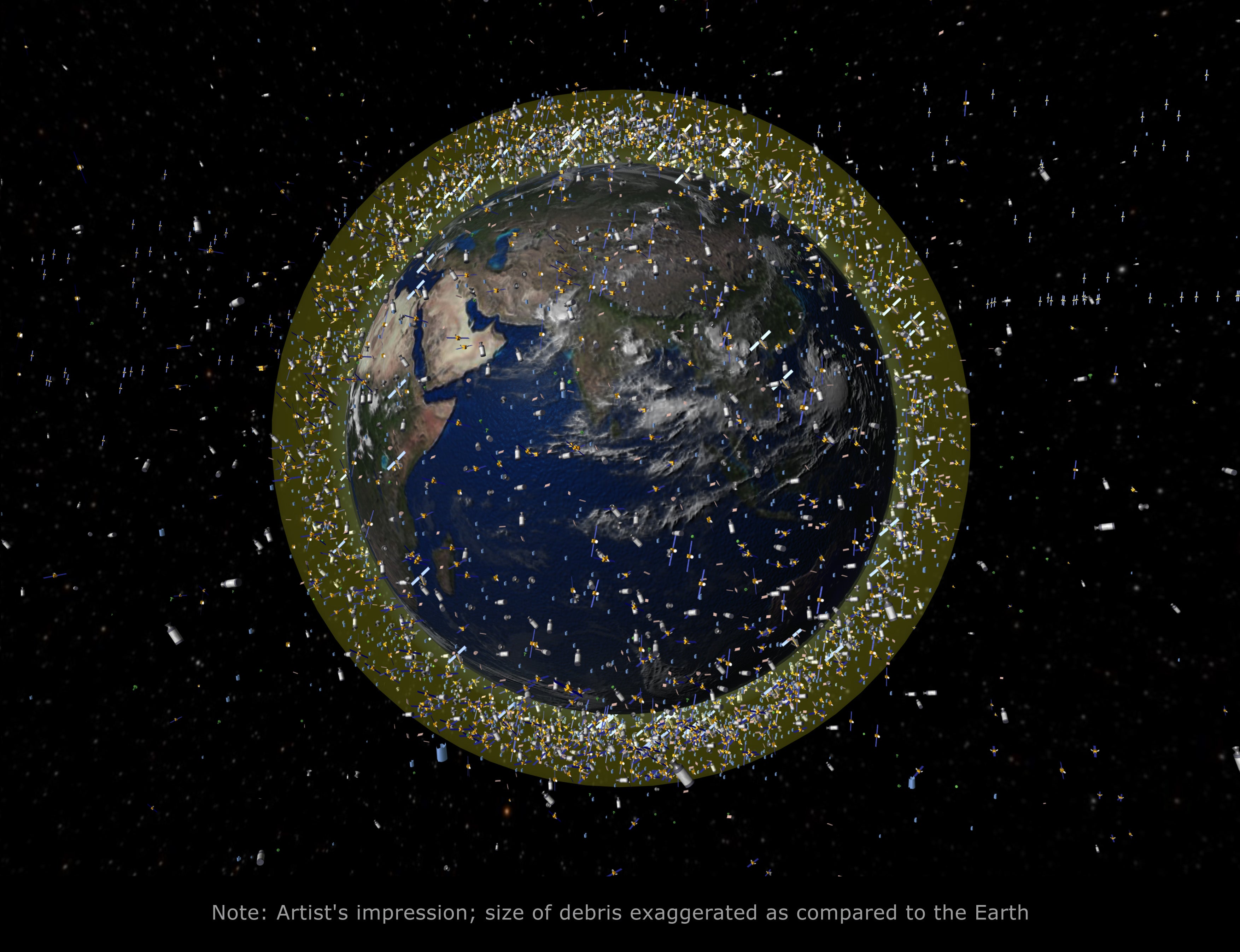
Crassidis called the current situation “uncharted territory.”
“But, it’s stuff between one centimeter and 10 that we’re really worried about because we can’t see that stuff. I’m worried about astronauts. They’re exposed when they’re doing their spacewalks, and a piece of debris that size can go right through them,” he said.
But, a solution to these worrying consequences has not yet been found. SpaceX is bringing down older satellites, but there are questions about the impact of that decision on Earth’s atmosphere.
There are also regulatory questions. To McDowell, there’s the appearance of regulation, but it’s pretty loose. To Lewis, the regulation is there, but is interpreted differently by each nation, resulting in an uneven playing field.
“In principle, they say what altitudes they’re going to be at, at least. But it turns out that the plus or minus on that is so big as to make it almost meaningless,” McDowell said.
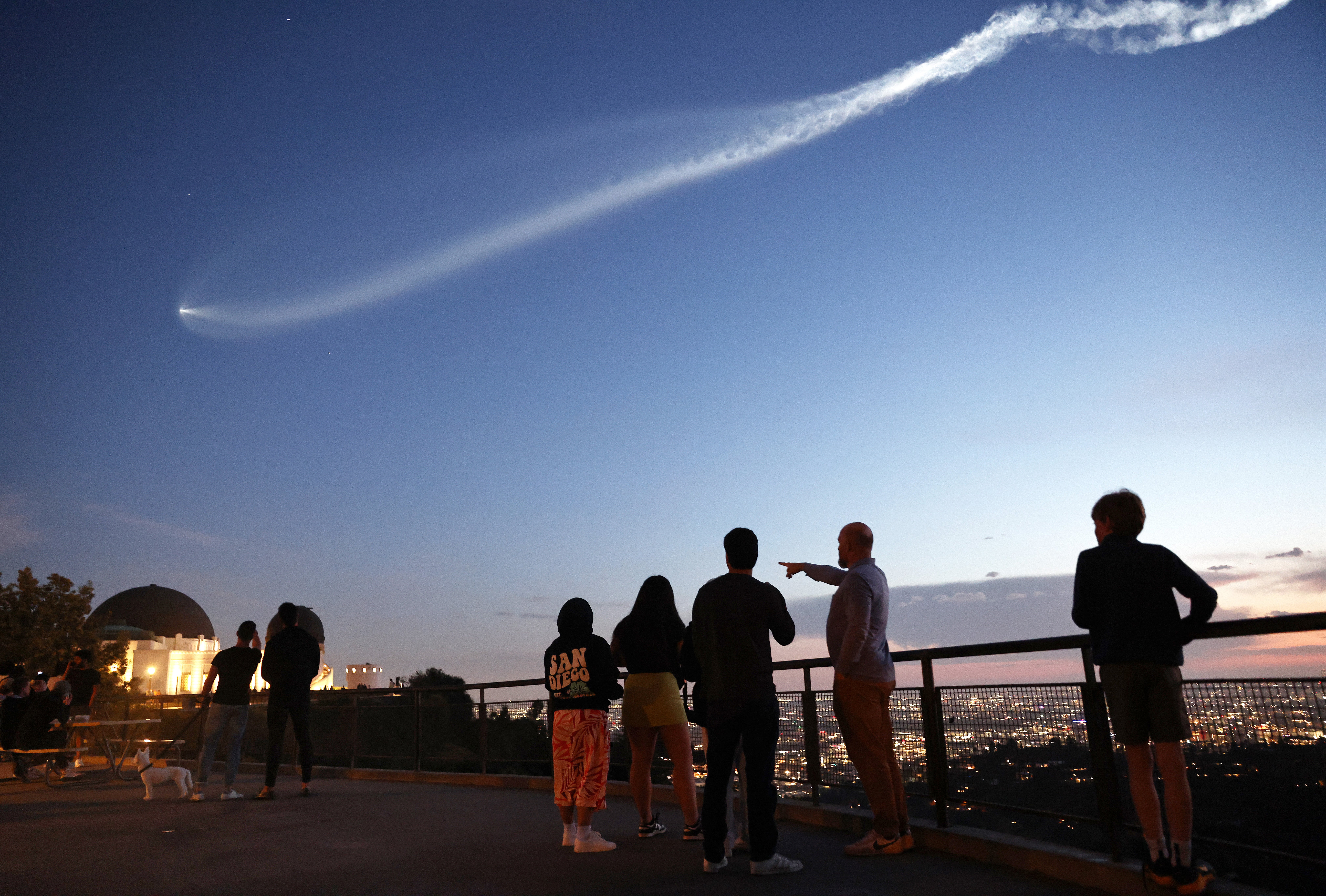
“We don’t have any modern day treaties. We gotta get some treaties, and we know the bad actors are Russia and China,” Crassidis said. “We need to get some treaties in place to slow down the growth and buys us the time because today’s science fiction is tomorrow’s reality.”
There are also the scientific costs to consider, although SpaceX has accommodated astronomers’ concerns about brightness. The satellites can block out the stars, and potentially other objects. Their radio emissions can also disrupt work in deep space. As NASA heads to the moon and Mars, it will need to navigate these impacts and the debris field.
That will be challenging for the space agency and tech firms to manage in the coming decades.
“Everything’s getting harder, I think. I don’t see any change to that. At some point, something will go wrong, I have no doubt,” said Lewis.



